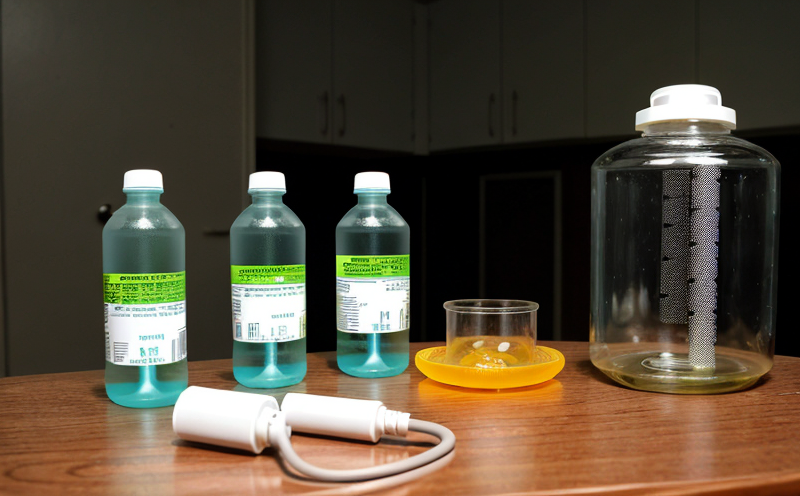EPA 933 Actinium 227 Determination Test in Water
The EPA Method 933 is a stringent procedure designed to determine the presence and concentration of actinium-227 (Ac-227) isotopes within water samples. This test is essential for ensuring compliance with environmental regulations set by regulatory bodies such as the U.S. Environmental Protection Agency (EPA). Actinium-227 is a significant radionuclide because it can be produced through the decay of uranium and thorium, which are naturally occurring in soil and water.
The actinium-227 determination test is particularly important for sectors such as municipal water treatment plants, nuclear facilities, and environmental consulting firms. This test helps to identify potential sources of contamination from radioactive materials and ensures that drinking water meets the safety standards set by regulatory authorities. The EPA Method 933 uses a combination of chemical separation techniques followed by alpha spectrometry to accurately measure actinium-227 in water samples.
The process begins with the collection of water samples, which are then filtered and digested using nitric acid. This step ensures that any suspended particles or colloids do not interfere with the subsequent chemical separation processes. After digestion, the sample is passed through a resin column to selectively retain actinium-227. The eluted material is collected and concentrated before being analyzed by alpha spectrometry.
The accuracy of this method relies heavily on the quality control measures implemented throughout the process. Quality assurance (QA) involves rigorous calibration of instruments, regular verification of procedural steps, and participation in proficiency testing programs. These efforts ensure that the results obtained are reliable and reproducible, which is critical for regulatory compliance.
The analytical sensitivity of EPA Method 933 allows for the detection of trace amounts of actinium-227, making it a valuable tool for identifying low-level contamination in water sources. The test can detect actinium-227 down to parts per trillion (ppt), which is an extremely low concentration level. This high sensitivity is crucial for monitoring the effectiveness of water treatment processes and ensuring that public health risks are minimized.
The results from this test are typically reported in terms of picocuries per liter (pCi/L). The acceptable limit for actinium-227 in drinking water, as specified by EPA regulations, is 1 pCi/L. Compliance with these limits ensures that the water supply meets safety standards and protects public health.
In addition to its role in environmental compliance, the EPA Method 933 Actinium 227 Determination Test can also provide valuable information for research purposes. Scientists studying radionuclide behavior in aquatic environments can use this test to understand how actinium-227 moves through ecosystems and interacts with various components of water systems.
- Sample Collection: Proper collection techniques ensure accurate results, including the use of appropriate containers and refrigeration during transport.
- Chemical Digestion: The process removes interfering substances from the sample to enhance analytical accuracy.
- Resin Column Separation: This step ensures that only actinium-227 is present in the final sample for analysis.
- Alpha Spectrometry Analysis: This technique measures the alpha particle emissions from actinium-227, providing precise concentration data.





